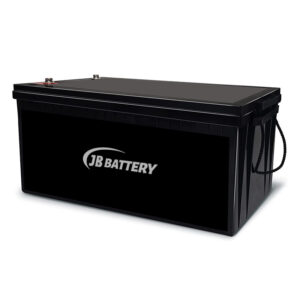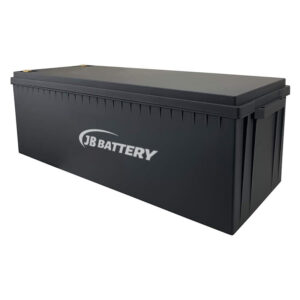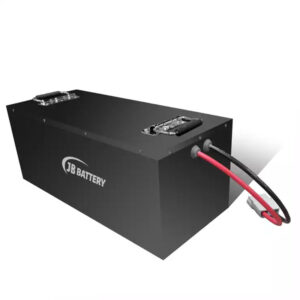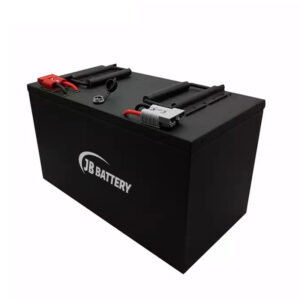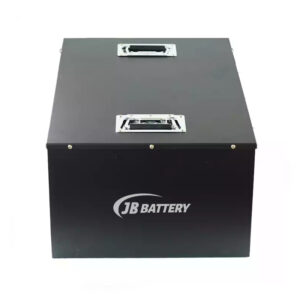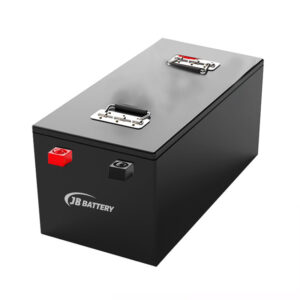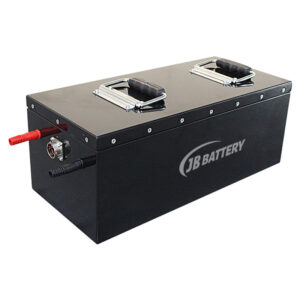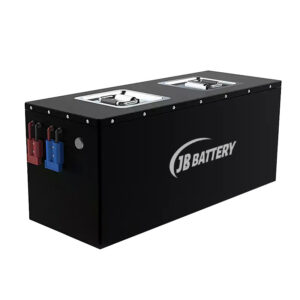How To Charge RV Batteries Safely & Effectively?
You’re back from your hike and it’s time to crank up the fan and warm up a meal in your RV microwave. Except…they’re not working. What gives? Turns out your house battery is as dead as a crunchy leaf in autumn. Someone forgot to charge it again!
Speaking of charging RV batteries, is there a way to do it faster? As in, right away, before you get hangry? And what about safety? Should you only charge your batteries at certain temperatures? Read on for the answer to those questions and more.
Ways to Charge an RV Battery
First of all, there are a few different ways to charge an RV battery. Some methods are faster than others.
Here are four safe and effective ways to charge:
Generator
Motorhome or tow vehicle alternator
Solar energy
Next we’ll discuss how to charge your RV battery using each method above. The information below is for 12V deep cycle RV house batteries. (Or an equivalent, such as 6V batteries wired together).
Shore power
You can charge your deep cycle RV battery using electricity from the grid. There are two ways to do this. The first is to plug your RV’s power cable into a 120V AC electrical outlet at a campground. Your vehicle should have a converter that changes AC power to DC power so that your batteries can charge.
Another way to charge via shore power is via a battery charger. Ideally you’ll want to get one that matches your battery type (lead acid, AGM, lithium) for optimum charging. Some lithium smart chargers can charge both lead acid, AGM and lithium batteries.
Always check for compatibility before you use a battery charger with your RV batteries. If you use the wrong charger, one of three things will happen. You’ll get a snail’s-pace charge, no charge at all, or the worst case scenario: you’ll damage your battery.
What kind of battery charger do we recommend? If you’re using lithium batteries, your smartest option is a smart battery charger like this one. Your RV batteries will charge in practically no time.
Generator
Here’s another easy, albeit noisy, way to charge RV batteries: use a generator. Some RVs have them onboard. You can also buy a portable one.
If your generator has a 120V outlet, simply plug your RV’s power cable in the way you would for shore power. If it has a 220V outlet, you’ll need a convertor. Be sure to follow safety precautions as indicated in the generator’s instruction manual, like checking the fuel levels and air filter.
Vehicle Alternator
Another option is to literally charge your RV batteries while on the road. But don’t expect a lightning-fast charge! When you use your towing vehicle (like a truck) and an alternator to charge the batteries, your batteries only get a bit of a boost. If you’re looking for more than just a bit, you’ll need to amp things up by adding a charger.
Solar Power
What’s the greenest way to charge an RV battery? Solar power! Unfortunately, you can’t just pop your battery out in the sun and hope it will soak up the energy like a leaf.
But powering with solar isn’t as complicated as it might seem. Here’s what you’ll need:
Solar panels (also known as a solar battery charger)
Charge controller
DC/AC Inverter if you want to power AC appliances
The best part about using solar to charge your RV battery? Freedom, of course! You can take your rig anywhere, even off grid.
Fastest Way to Charge an RV Battery
What’s the fastest way for your battery to get its power fix? Fix it up with a battery charger connected to shore power.
But if you really have a need for speed, the fastest charging battery you can buy for your RV is a LiFePO4 lithium battery. Lithium charges five times faster than lead acid. It’s like comparing a preschooler to an Olympic runner.
The other advantage of lithium batteries when it comes to charging is that you can use a smart charger. They allow you to charge at a higher amperage to get the job done with maximum efficiency. You also get constant current, constant voltage (CCCV) to maximize your battery’s lifespan. And best of all, they stop charging automatically. So you never have to worry about overcharging and damaging your battery.
How to Charge RV Batteries: The Basics
Once you’ve decided what method to use for charging RV batteries, these general guidelines will ensure they stay in great shape.
Make sure you keep your batteries clean, now matter what type they are. Water, oil, and dirt may cause self-discharge and short circuits.
Install your battery charger in a clean, accessible spot.
When you want to charge your RV battery, park your RV in a level spot and put on the parking brake.
Take the cables off of the battery leads. (Negative first, then positive).
Clean sulfation and add distilled water if necessary (lead acid batteries only).
Attach the battery charger cables to the battery (or converter cables). (Positive first, then negative).
Plug the charger or converter into your power source.
If you have a smart lithium battery charger, you can view the charging status on your phone via Bluetooth. A light on the charger will indicate when the battery has finished charging.
Turn off the power source and disconnect the battery.
If you’re using a generator or solar panels, be sure to read any product-specific instructions before charging your batteries. Next, we’ll discuss how to charge RV batteries safely.
RV Battery Charging Safety Tips
Anytime you deal with batteries, safety questions are bound to pop up. Wondering at what temperatures you can charge RV batteries safely? Afraid that you might “fry” your batteries by overcharging them, or damage them by undercharging them? Those are valid questions. Now here are some straightforward answers:
Beware of battery sulfation with lead acid batteries. Clean any buildup before charging and keep your batteries in a vented place. (This problem doesn’t apply to lithium batteries, because they’re 100% maintenance free).
If you are using a battery charger, choose one that’s compatible with your battery type (lithium, lead acid, AGM), voltage, and amperage.
Use a charge controller when charging your RV batteries with solar panels. If you don’t, the current coming from your panels will have free reign to overcharge your batteries when the sunshine is strong.
Disconnect your batteries when your RV is in storage. Or, extend the life of your lead acid batteries by using a trickle charger. Many RVers do this in winter. It’s not necessary for lithium batteries, since they discharge very little while not in use.
Never charge a frozen battery. You can use Ionic lithium RV batteries below freezing. But charging below freezing causes plating/crystallization. This weakens the battery, making it more likely to fail due to vibration or hard use. Fortunately, our Ionic lithium batteries have a sophisticated BMS (battery management system) so they’ll only accept a charge when the temperature is safe to.
Don’t charge at temperatures above 122°F (50°C).
JB BATTERY company is a professional golf cart battery manufacturer, we produce high performance, deep cycle and no maintaining lithium-ion batteries for Golf Cart Battery, Electric Vehicle(EV) Battery, All Terrain Vehicle(ATV) Battery, Utility Vehicle(UTV) Battery, E-boat Battery(Marine Battery). Our LiFePO4 golf cart battery is more powerful, longer lifespan than the Lead-Acid battery, and it’s also lighter weight, smaller size, safer and drive longer, We design it for dropping in replacement for Lead-Acid battery.



